Live in this fully-furnished designer Brooklyn Heights studio for $2,450/month
See the whole petite place
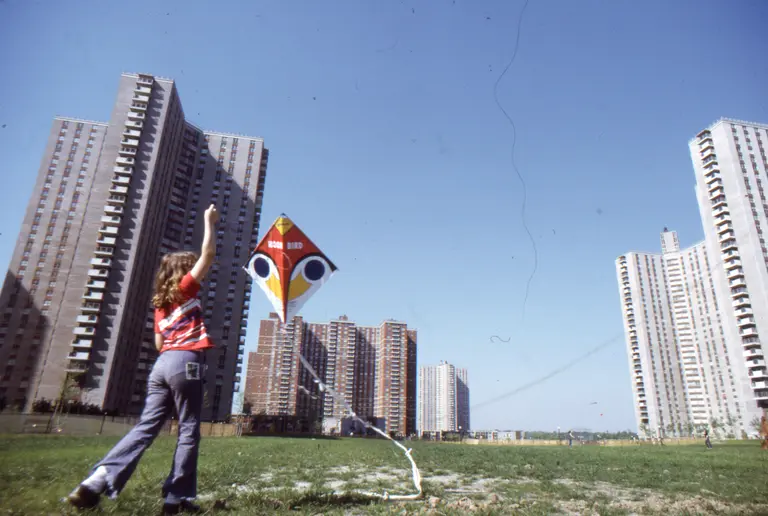
All photos included in this post were taken at Co-op City in the early 1970s and are courtesy of Co-op City
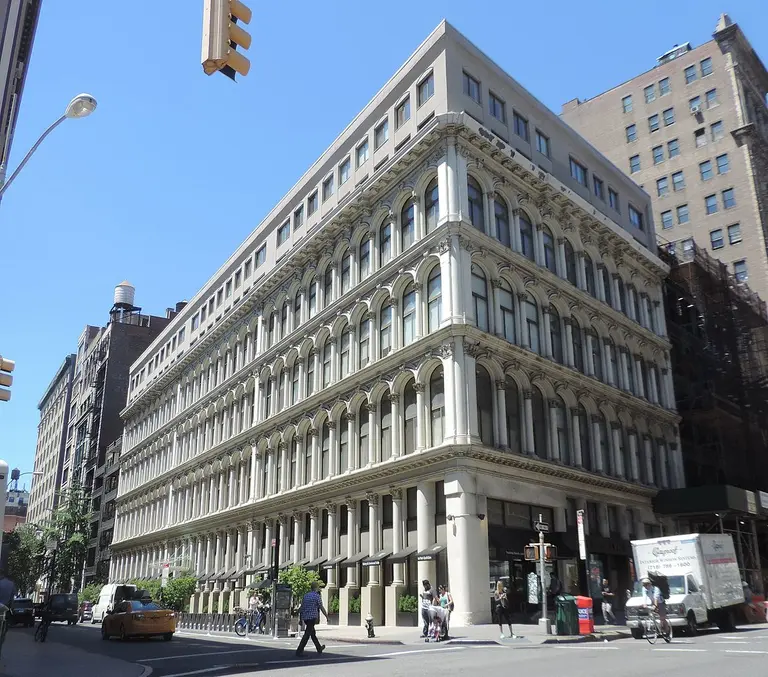
Photo of 801 Broadway by Jim Henderson via Wikimedia Commons
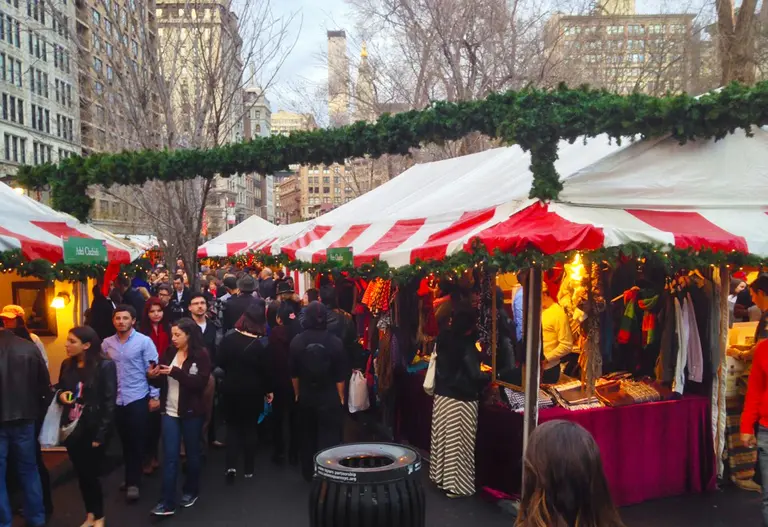
Photo via Flickr cc
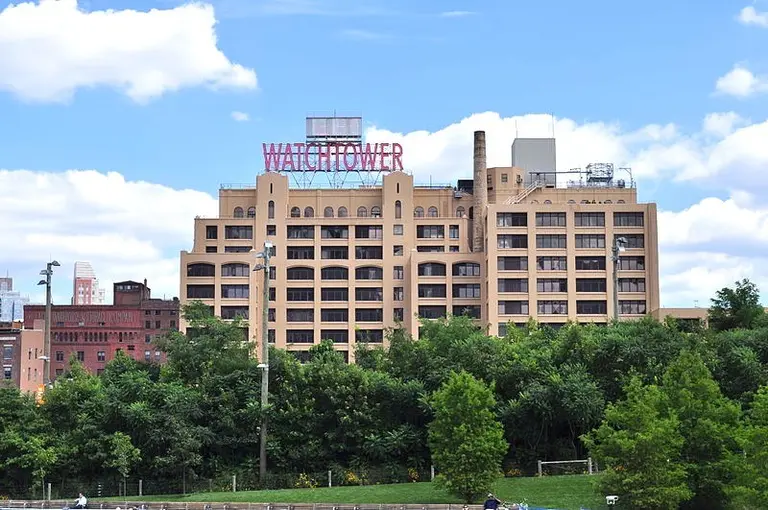
Via Wikimedia
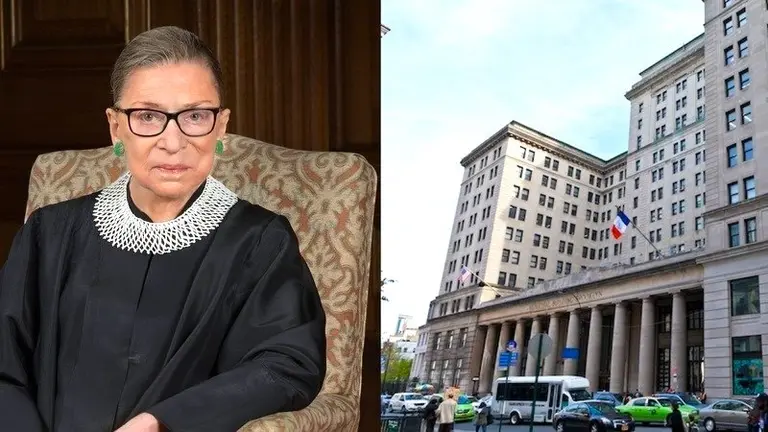
Via Borough President Eric Adams Change.org petition
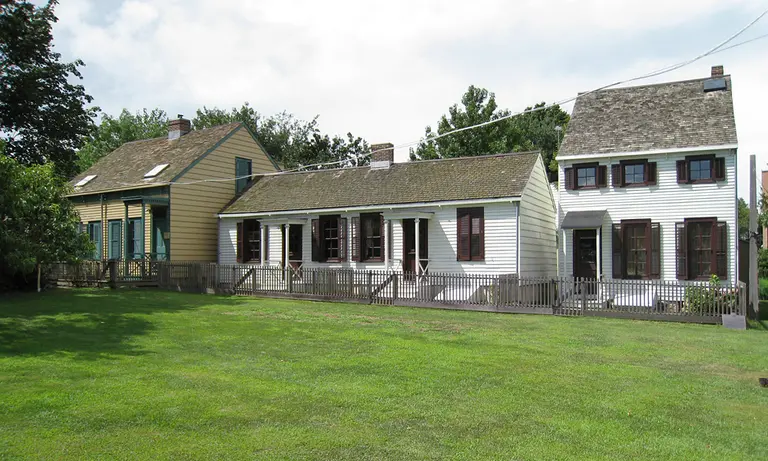
Weeksville’s historic Hunterfly Road Houses via Wiki Commons
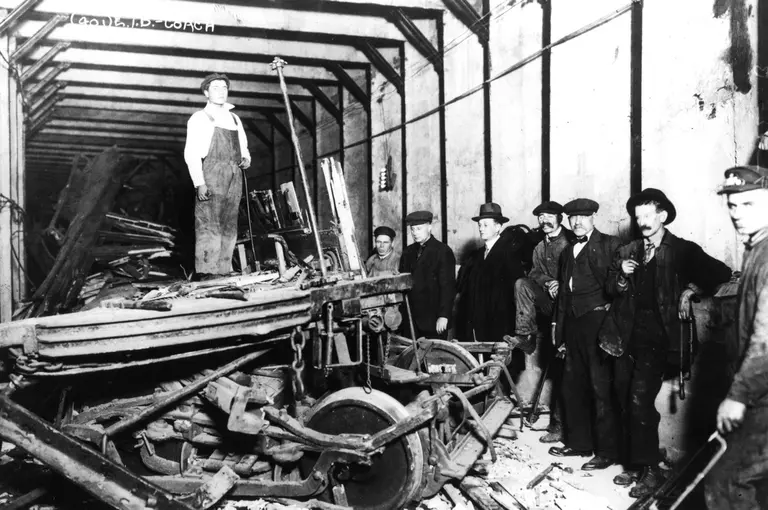
A photo of the Malbone Street Wreck on Nov. 1, 1918, courtesy of the New York Transit Museum (L); Via NYC Ferry (R)
On Nov. 1, 1918, 100 lives were lost when a Brooklyn Rapid Transit employee lost control of a train at the Prospect Park station. The event was so horrific that the name of the street was changed so New Yorkers would not be reminded of it. [NYP] Eight unique ways to celebrate Labor Day weekend in […]
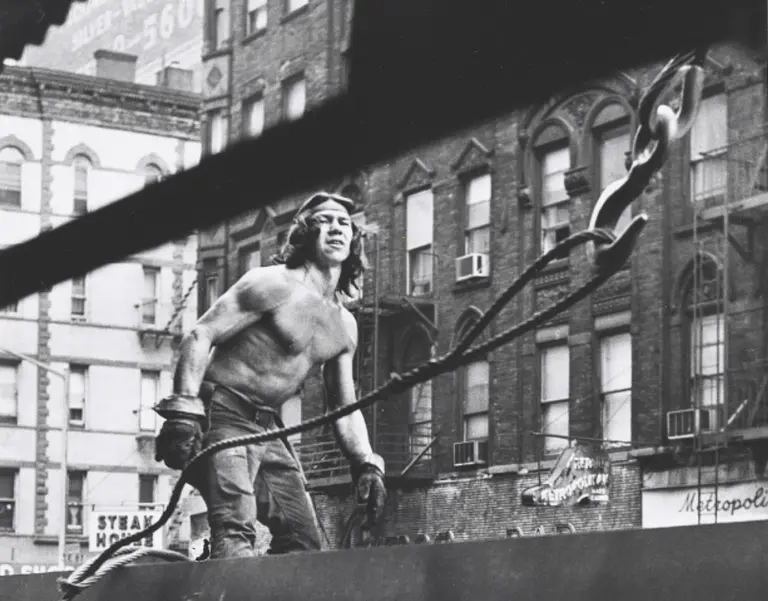
Roger Horne, a Mohawk Ironworker in the Raising Gang, ca. 1970 via the Smithsonian
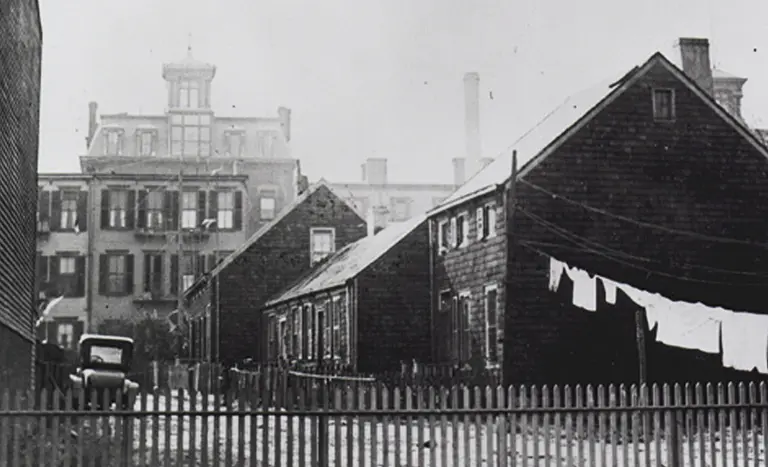
Historic Hunterfly Road Houses via the Brooklyn Historical Society
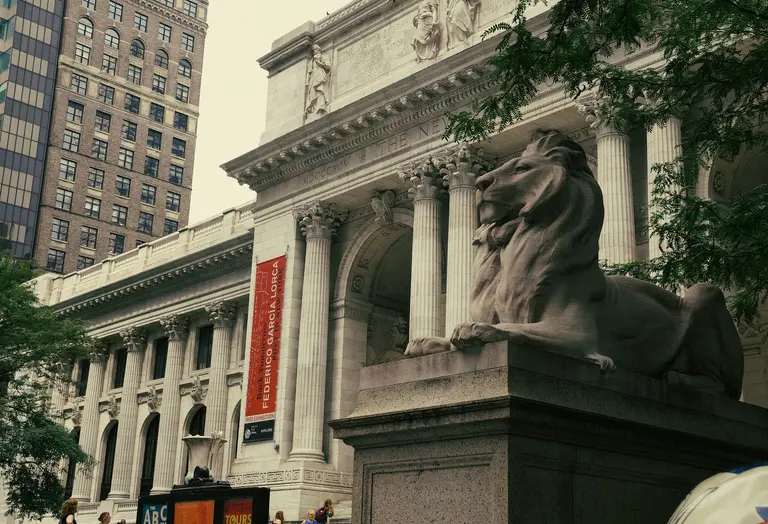
Photo via Jeffrey Zeldman/Flickr
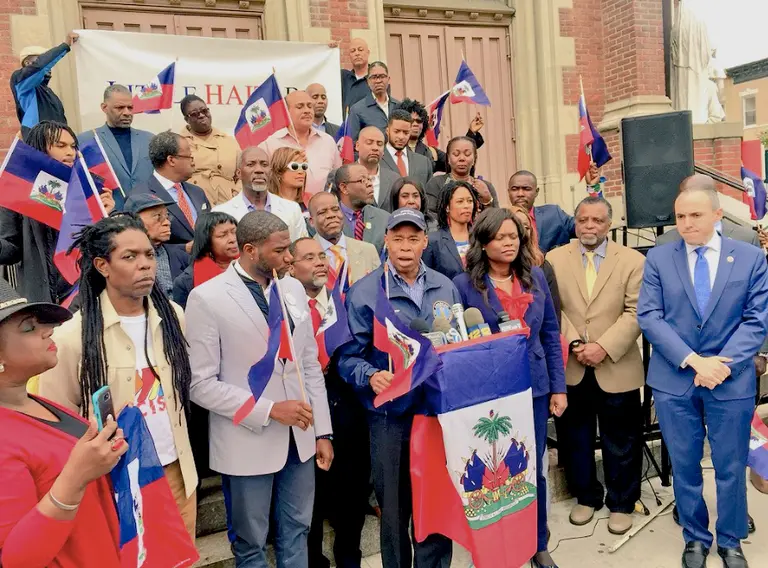
Photo via Brooklyn Borough President Eric Adams on Twitter